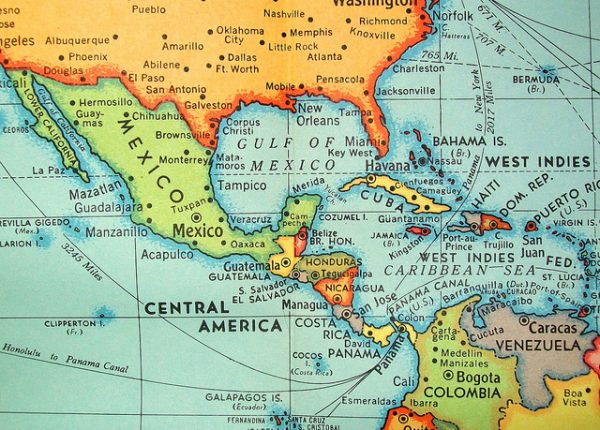
As Black History Month continues, we are reminded of the pivotal role that race plays in the United States. But how does race shape social life in other nations in the Americas? Despite similar historical roots — European colonial expansion and slavery — Brazil and Mexico, for example, witnessed the emergence of race mixing cultures that stood in stark contrast to the distinct racial divisions in the United States.
Ideas about mestizaje — or racial and cultural mixture — have had a powerful effect on racial identity and mobilization across 20th century Latin America. In Brazil, for instance, research suggests that the focus on racial mixture has made racial or color boundaries ambiguous, and racial group membership weak. Mixed-race individuals have been celebrated as national symbols — proof of past and hope for future positive race relations. Because of this, some Latin American countries view themselves as morally superior to the United States, with its history of segregation and investment in White racial “purity.”
- Stanley Bailey. 2002. “The Race Construct and Public Opinion: Understanding Brazilian Beliefs about Racial Inequality and Their Determinants.” American Journal of Sociology 108(2): 406-439.
- Edward Telles and Stanley Bailey. 2013. “Understanding Latin American Beliefs about Racial Inequality.” American Journal of Sociology 118(6): 1559–95.
But there are complications. In Brazil, weak racial boundaries made organizing along racial lines for the purposes of racial justice and equity difficult. In Mexico, the popular belief that there can be no racism in a nation where everyone is “mixed” makes the recognition of persistent racial inequalities complicated. Some scholars also suggest that Latin American racial boundaries are more rigid and consequential than often realized.
- Mónica Moreno Figueroa and Emiko Saldívar Tanaka. 2016. “‘We Are Not Racists, We Are Mexicans’: Privilege, Nationalism and Post-Race Ideology in Mexico.” Critical Sociology 42(4-5): 515-533.
- Eduardo Bonilla-Silva. 2006. “From Bi-racial to Tri-racial: Towards a New System of Racial Stratification in the USA.” Ethnic and Racial Studies 27(6): 931-950.
In the past few decades, Latin American countries have begun to recognize distinct racial and cultural groups and the rights of minority groups, leading to changes in both formal laws and public policies. Social scientists will continue to track how Latin Americans’ ideas about mestizaje evolve and what impacts these cultural shifts have on racial identities, movements, and policies across the Americas.
- Edward Telles and Denia Garcia. 2013. “Mestizaje and Public Opinion in Latin America.” Latin American Research Review 48(3): 130-152.

Comments